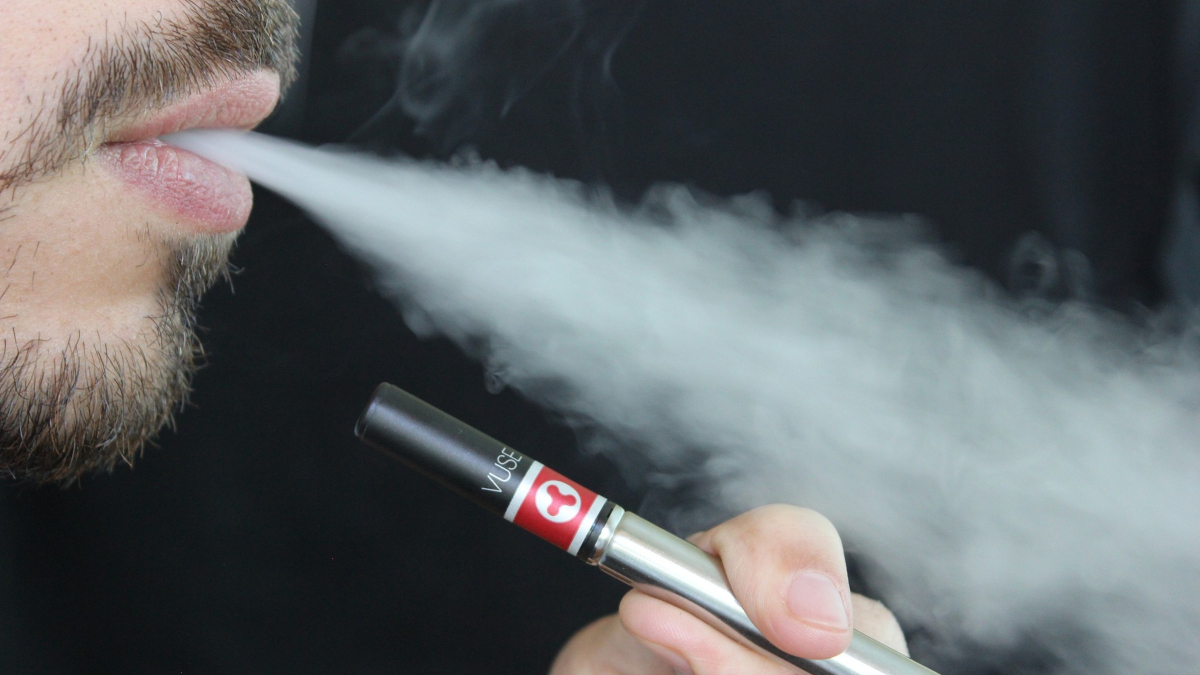“In our eyes, Cosmo DiNardo was given a playland for illegal acts,” said Carin O’Donnell, the attorney representing the Patrick family.
On Monday, March 5, exactly eight months after the first of four Bucks County murder victims went missing, the families of three victims filed a wrongful death lawsuit. Their lawyers said DiNardo’s parents and their construction company share the blame with the co-defendants in the criminal trial, Cosmo DiNardo and his cousin Sean Kratz.
The suit alleges that DiNardo’s Parents, in light of his documented mental health issues, should not have given him access to guns, ATVs, or their company’s heavy construction equipment. It delineates how in 2017 Dinardo was involuntarily committed to a mental institution and prohibited from carrying a firearm. An affidavit from his February 2017 charge of illegal possession of a firearm states that DiNardo is “known to be suffering from mental illness.”
Craig Penglase, defense attorney for Kratz, said he was concerned the civil litigation could affect the criminal trial. Fortunato Perri Jr., a defense attorney for DiNardo, could not be reached for comment.
In July 2017, the bodies of Jimi Patrick, 19, of Newtown; Dean Finocchiaro, 18, of Middletown; Thomas Meo, 21, and Mark Sturgis, 22, of Pennsburg, were found on a 90-acre Bucks County farm owned by the DiNardo family. The remains of the four men were found buried 12.5 feet underground in a converted oil tank that had served as a pig roaster.
On March 5, for the first time, family members publicly voiced their grief and remembrances of the three young men. Bonnie Finocchiaro remembered her son as an “awesome person” with a “huge heart.” Melissa Fratanduono-Meo spoke of her son Tom as “bright and funny,” always “a lot of fun.”
In a quivering voice, Sharon Patrick, guardian and grandmother of Jimi Patrick, described her final moments with her grandson. “I said, ‘Are you waiting for me to get up and kiss you goodbye?’ So I stood up and I kissed him goodbye. And I told him I loved him, and he told me he loved me. Then we hugged each other, and I told him, ‘Come home early.’ “He said he would,” she continued, beginning to weep. “That was the last time.”











